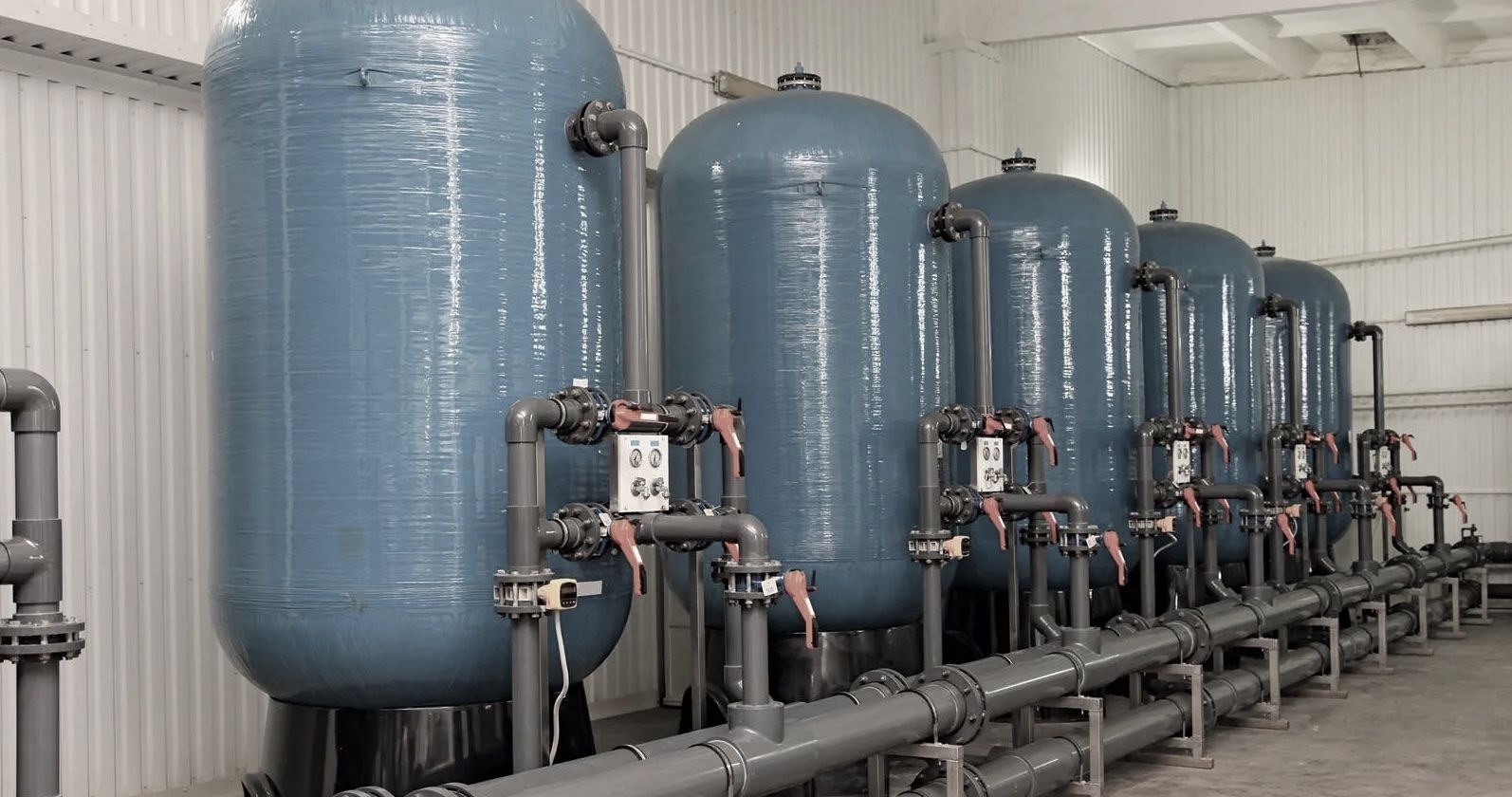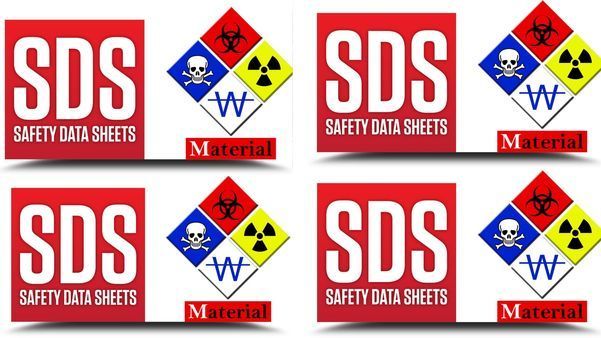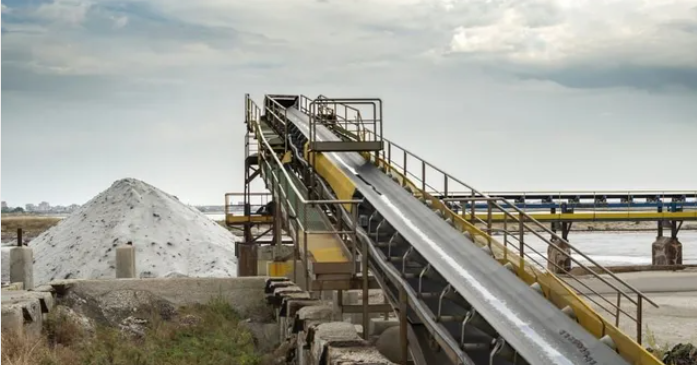Activated Alumina Balls: The Hidden Hero of Moisture and Fluoride Removal
Moisture and fluoride may be invisible to the naked eye, but their effects are anything but subtle. Excess moisture can lead to product degradation, equipment corrosion and even safety hazards in industrial settings. Meanwhile, elevated fluoride levels in drinking water, though odorless and tasteless, can pose serious health risks over time, including dental and skeletal fluorosis. These hidden threats demand efficient and reliable removal systems, especially in environments where purity and performance are non-negotiable.
Enter Activated Alumina Balls - a silent yet remarkably effective solution in the battle against moisture and fluoride. Engineered with a high surface area and strong adsorption capacity, these tiny spherical beads are widely used in industries, ranging from water treatment and air drying to petrochemicals and pharmaceuticals. Their adaptability and durability make them a go-to choice for professionals seeking consistent, cost-effective purification.
In this article, we’ll uncover the science behind activated alumina, explore its key properties, and delve into its diverse applications. Whether you’re a water treatment specialist, a plant manager, or simply curious about advanced filtration technology, this guide will highlight why activated alumina balls deserve a place in your toolkit, and your attention.
What Are Activated Alumina Balls?
Definition and Composition
Activated alumina balls are porous, spherical adsorbents made primarily from aluminum hydroxide (Al(OH)₃), which is processed at high temperatures to remove chemically bound water. This transformation produces aluminum oxide (Al₂O₃) with a highly porous structure and large internal surface area. The resulting beads are white, hard,and resistant to crushing, making them ideal for demanding industrial applications.
Their unique combination of surface porosity and chemical stability allows activated alumina balls to trap moisture, fluoride and other impurities from gases and liquids without disintegrating or releasing contaminants.
Physical and Chemical Properties
Activated alumina is prized for its exceptional surface area, typically ranging 200–300 m²/g. This vast surface provides ample contact points for adsorbing molecules. The pore size falls within the mesoporous range (2–50 nanometers), enabling it to effectively capture small to moderately sized molecules.
Additionally, activated alumina is chemically stable over a wide pH range (approximately pH 4–10), which makes it suitable for use in acidic or mildly basic environments. It also maintains structural integrity at high temperatures, enhancing its usefulness in regenerative
adsorption systems.
How They Work as an Adsorbent
Activated alumina removes unwanted substances through physical adsorption - a process where water vapor, fluoride ions, or other contaminants are attracted to and held on the bead’s surface. Unlike absorption (where a substance is taken in), adsorption retains impurities on the surface, which can later be desorbed through heat or chemical treatment. This reusability makes activated alumina both efficient and cost-effective in long-term applications.
Moisture Removal: Industrial and Home Applications
Role as Desiccants in Air Dryers
Activated alumina balls are widely used as desiccants in air drying systems, especially in environments where moisture must be kept to a minimum. In compressed air systems, they prevent condensation that can damage tools, clog pipelines, or degrade end products. Similarly, in HVAC systems, activated alumina ensures dry, clean air - enhancing energy efficiency and protecting sensitive equipment. Their ability to absorb water vapor even under high-pressure and temperature conditions makes them ideal for continuous, industrial-scale use.
Comparison with Silica Gel
While silica gel is another popular desiccant, activated alumina often outperforms it in several key areas. Activated alumina offers higher adsorption capacity at elevated temperatures, making it more suitable for industrial settings. It also has a longer operational life due to its mechanical strength and thermal stability.
In terms of regeneration, activated alumina can be reused multiple times through thermal desorption - typically requiring heating to around 150–200°C to release the adsorbed moisture. This makes it more cost-effective over time, especially in applications where continuous drying is required. Silica gel, while effective at room temperature, tends to degrade faster and has a lower regeneration threshold.
Use in Pharmaceutical, Chemical and Electronics Industries
Moisture control is critical in pharmaceutical and chemical manufacturing, where even trace humidity can spoil active ingredients, trigger unwanted reactions, or compromise product integrity. Activated alumina is used in the drying of gases and solvents to ensure consistent, high-purity formulations.
In the electronics industry, moisture can cause corrosion, short-circuiting or malfunctions during assembly and packaging. Activated alumina provides reliable moisture protection in storage and cleanroom environments, helping maintain strict quality control standards in these moisture-sensitive manufacturing processes.
Fluoride Removal from Drinking Water
Why Fluoride Removal Is Important
While fluoride is often added to drinking water in small amounts to promote dental health, excessive fluoride exposure can lead to serious health issues. Prolonged intake of high fluoride concentrations is linked to dental fluorosis, characterized by mottling of teeth, and in severe cases, skeletal fluorosis, which causes joint stiffness, bone deformities and chronic pain. These issues are especially prevalent in parts of the world where groundwater naturally contains elevated fluoride levels. Effective removal of fluoride is essential to ensure safe drinking water and protect public health, particularly in vulnerable rural communities.
Mechanism of Fluoride Adsorption
Activated alumina removes fluoride through a combination of surface interaction and ion exchange. The highly porous structure of activated alumina offers extensive surface area for fluoride ions to adhere to. In this process, fluoride ions are exchanged with hydroxyl ions present on the alumina surface. As water passes through a bed of activated alumina, the fluoride binds tightly to the media, significantly reducing its concentration in the treated water. This method is not only efficient but also does not introduce harmful byproducts, making it suitable for both small-scale and large-scale water purification systems.
Usage in Rural and Urban Filtration Systems
Activated alumina is used in a variety of filtration setups, from simple household gravity filters to large-scale community water treatment units. In rural areas with limited infrastructure, low-cost gravity-fed systems filled with activated alumina provide an accessible solution for fluoride mitigation. In urban environments, centralized treatment plants incorporate activated alumina as part of multi-stage purification systems, ensuring compliance with health and safety standards. Its reliability, affordability, and ease of regeneration make it an ideal choice for long-term fluoride control in diverse settings around the world.

Other Applications of Activated Alumina
Catalyst and Catalyst Carrier
Beyond moisture and fluoride removal, activated alumina plays a crucial role as a catalyst and catalyst carrier in various chemical processes. Its high surface area, thermal stability and porosity, make it an excellent medium for supporting active catalytic materials. In oil refineries and petrochemical plants, activated alumina is used in processes such as hydrodesulfurization, isomerization and hydrogenation. It helps accelerate chemical reactions while maintaining the integrity of the reaction environment. As a carrier, it ensures even distribution and stability of catalysts under high-temperature conditions, extending the life and efficiency of catalytic systems.
Removal of Arsenic, Sulfur, and Other Impurities
Activated alumina is also effective in removing arsenic, sulfur compounds, and other harmful impurities from water, air, and industrial process streams. In environmental applications, it is used in filtration systems to reduce arsenic levels in contaminated groundwater, especially in regions where natural arsenic concentrations pose a serious health risk. In industrial settings, it helps purify gas streams by adsorbing sulfur and other corrosive compounds, preventing equipment damage and improving product quality. Its versatility and reusability make it a valuable tool for a wide range of pollution control and purification tasks, from environmental remediation to high-performance industrial processes.
Regeneration and Reusability
Regeneration Process Explained
One of the key advantages of activated alumina is its ability to be regenerated and reused multiple times, making it both economical and sustainable. The regeneration process involves heating the saturated alumina balls to release the adsorbed moisture, fluoride or other impurities. Typically, this is done by passing hot air or gas (at around 150–200°C) through the alumina bed for a specified period. This drying cycle restores the adsorption capacity of the beads, allowing them to perform efficiently in subsequent cycles.
Lifespan and Cost-Effectiveness
Activated alumina can undergo dozens of regeneration cycles before its performance starts to decline significantly. Its durability and mechanical strength mean that it retains its structure and efficiency over time, minimizing the need for frequent replacement. This longevity translates into lower operational costs, especially in industrial applications where continuous adsorption is required. The exact lifespan will depend on factors such as operating conditions, contaminants present, and adherence to proper regeneration practices.
Best Practices for Maintenance
To maximize performance and lifespan, it is essential to follow routine maintenance procedures. These include regular monitoring of adsorption efficiency, ensuring proper temperature control during regeneration, and avoiding exposure to oil or other substances that can clog pores. With proper handling, activated alumina remains a highly cost-effective and reliable solution for long-term adsorption needs.
Environmental Impact and Safety
Non-Toxic and Eco-Friendly Nature
Activated alumina is considered non-toxic, chemically inert and environmentally friendly. It does not leach harmful substances into water or air during use, making it safe for drinking water applications and sensitive environments. Its stable nature also reduces the risk of hazardous reactions during handling and operation.
Disposal Considerations
After extended use or when fully exhausted, activated alumina can be disposed of safely, often under local environmental regulations. If it has been used to adsorb hazardous substances (like arsenic or industrial pollutants), proper disposal as industrial waste may be required. However, due to its regenerability, frequent disposal is typically unnecessary.
Comparisons with Synthetic or Harmful Alternatives
Unlike some synthetic resins or chemical adsorbents that may release volatile organic compounds (VOCs) or degrade into toxic byproducts, activated alumina remains stable and safe throughout its lifecycle. Its natural composition and reusability make it a more sustainable choice for environmentally conscious industries and municipalities.
Buying Guide: How to Choose the Right Activated Alumina Balls
Factors to Consider: Size, Surface Area, Application
When selecting activated alumina balls, it's essential to consider particle size, surface area and intended application. Smaller beads offer faster adsorption but may create higher pressure drops, while larger ones are better for long-cycle operations. A higher surface area generally means greater adsorption capacity, which is crucial for demanding tasks like fluoride or moisture removal.
Trusted Suppliers and Certifications
Choose suppliers with a proven track record and products that meet ISO standards or NSF/ANSI certifications, especially for drinking water use. Working with trusted manufacturers ensures consistent quality, technical support, and safety compliance - key for industrial and municipal applications.
Cost vs Quality Trade-Offs
While low-cost options may be appealing, inferior quality can lead to reduced performance, more frequent replacements, and higher long-term costs. Investing in high-quality, certified alumina typically results in better efficiency, longer service life, and overall cost savings in the long run.
FAQs About Activated Alumina Balls
What are activated alumina balls made of?
Activated alumina balls are made from aluminum hydroxide, which is heated to form a highly porous form of aluminum oxide (Al₂O₃). The resulting structure has a large surface area, making it ideal for adsorbing moisture, fluoride, and other impurities.
Can activated alumina remove fluoride completely?
Activated alumina can significantly reduce fluoride levels, often bringing them within the safe range set by WHO and EPA standards. However, complete removal depends on factors like water flow rate, contact time, pH, and initial fluoride concentration. For optimal results, regular monitoring and periodic media replacement are recommended.
How often should I regenerate the balls?
Regeneration frequency depends on the application and volume of contaminants. In moisture removal systems, activated alumina is typically regenerated every few days or weeks using heat. In water filtration, regeneration or replacement may be needed after several months, depending on water quality.
What’s the difference between activated alumina and silica gel?
Both are desiccants, but activated alumina performs better at higher temperatures, has greater adsorption capacity for specific contaminants (like fluoride), and lasts longer in demanding environments. Silica gel is more suited for small-scale, low-temperature moisture control.
Are there any risks in using them for water purification?
Activated alumina is considered safe, non-toxic, and chemically stable. It does not leach harmful substances into water. However, proper initial conditioning and maintenance are important to ensure optimal performance and safety, especially for drinking water applications.
Conclusion
Activated alumina balls may be small and silent, but their impact on moisture control and fluoride removal is profound. From industrial air dryers to household water filters, they offer a reliable and efficient solution for cleaner, safer environments. Their durability, reusability, and eco-friendly profile make them a smart choice for both home and industry. When integrating activated alumina into your systems, always prioritize high-quality, certified materials to ensure long-term performance and safety.
















